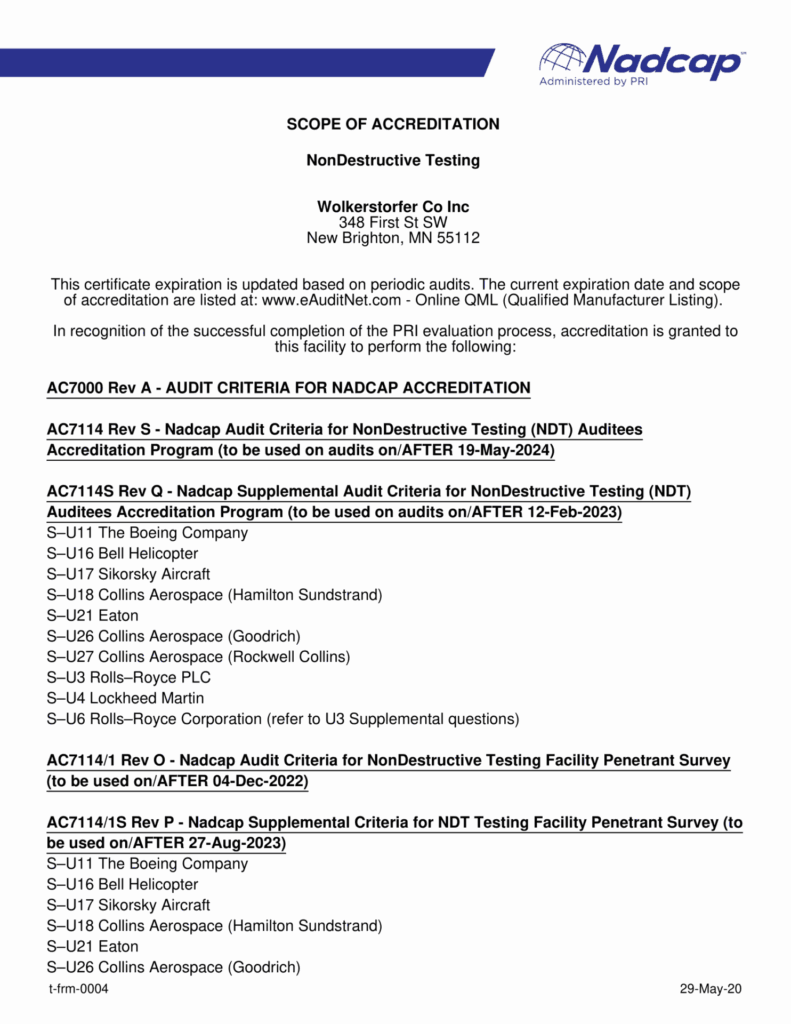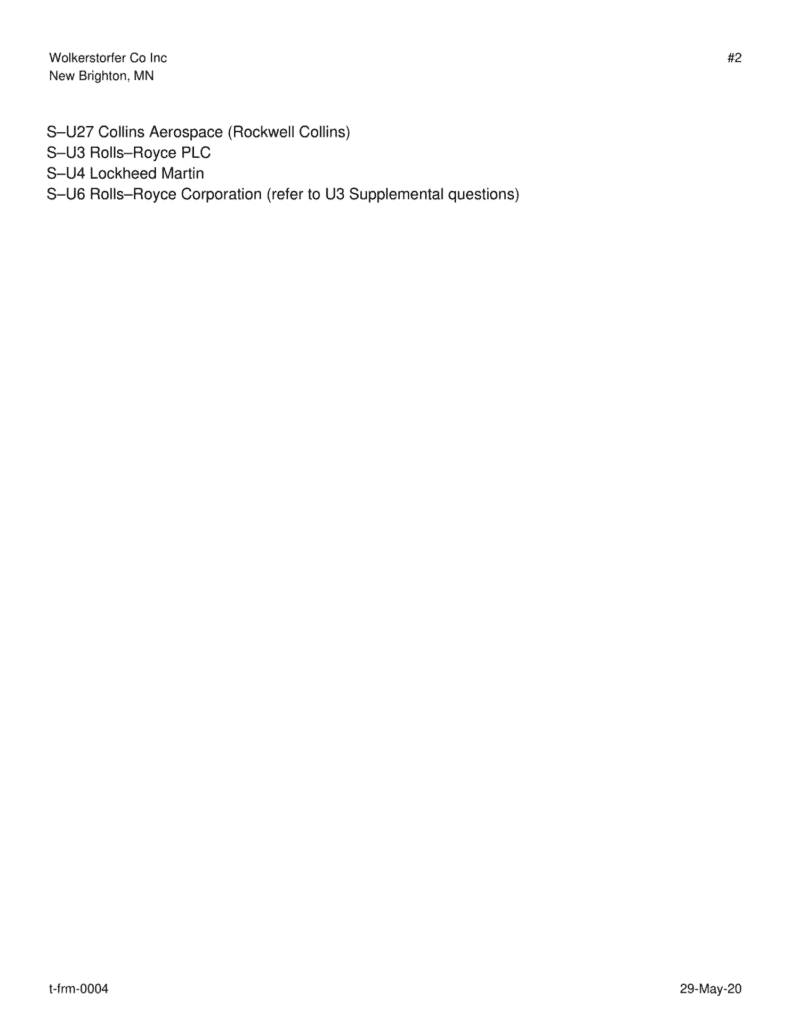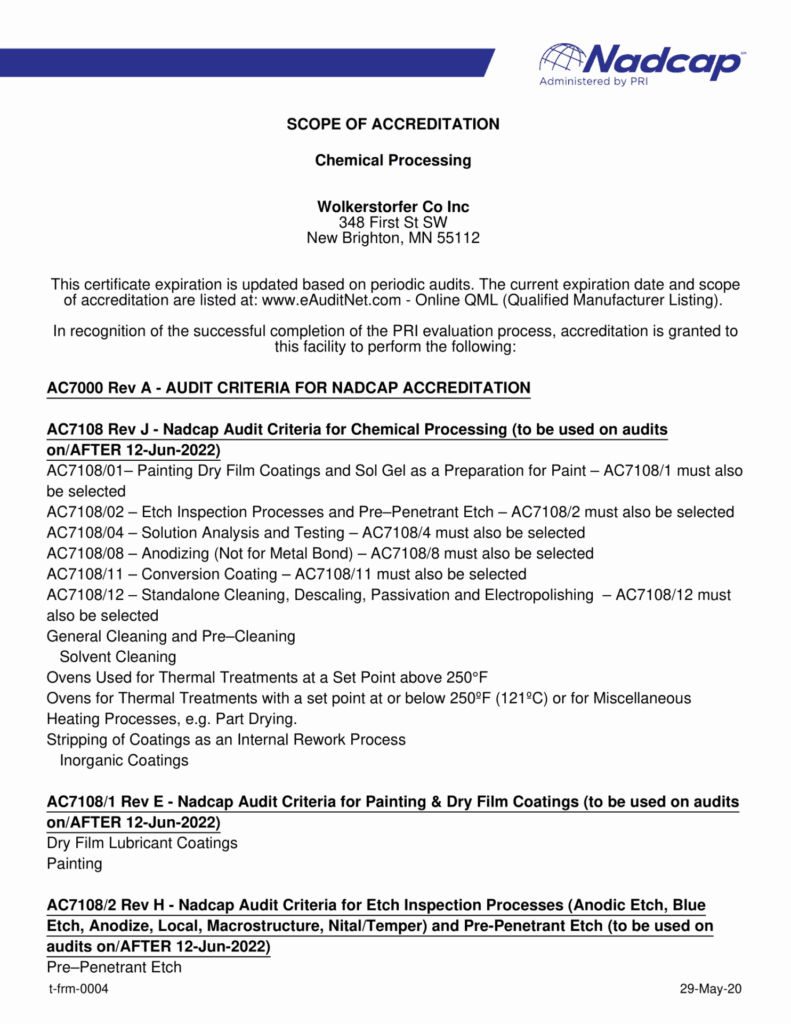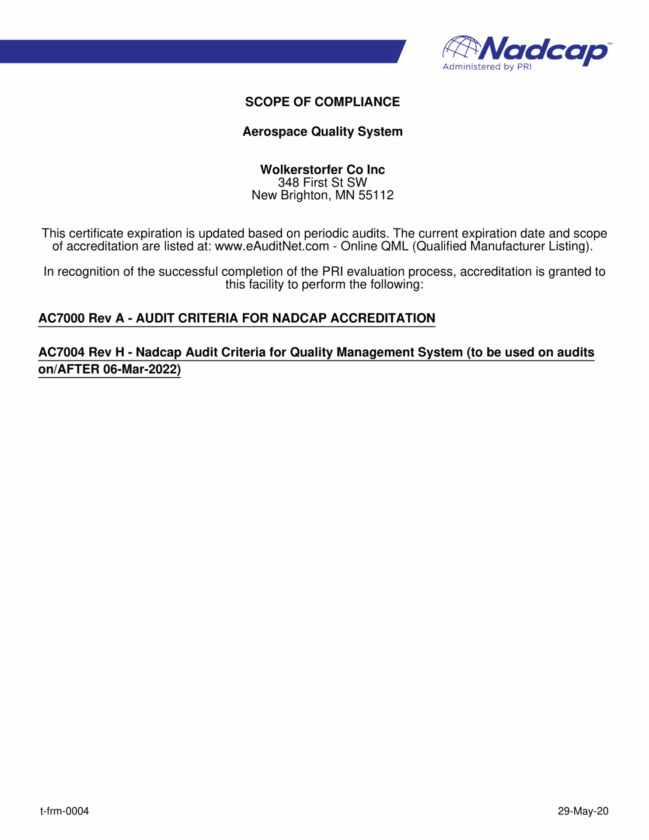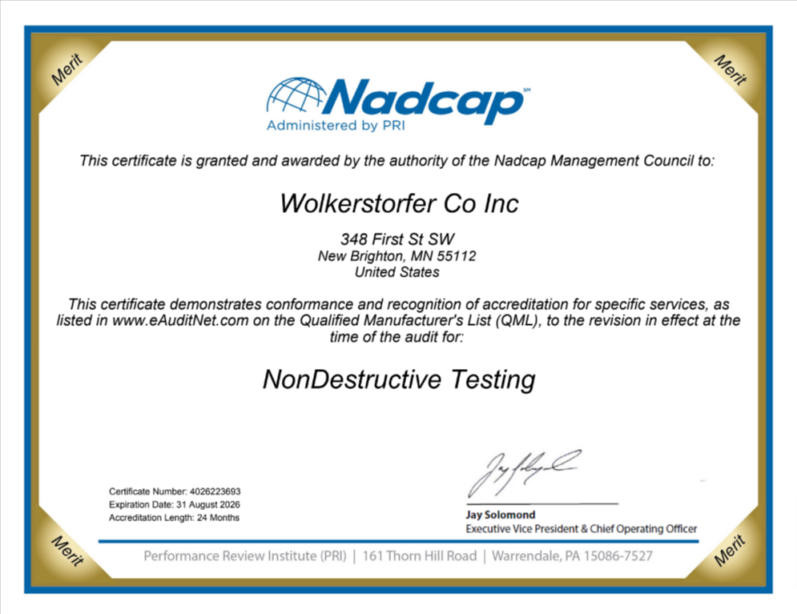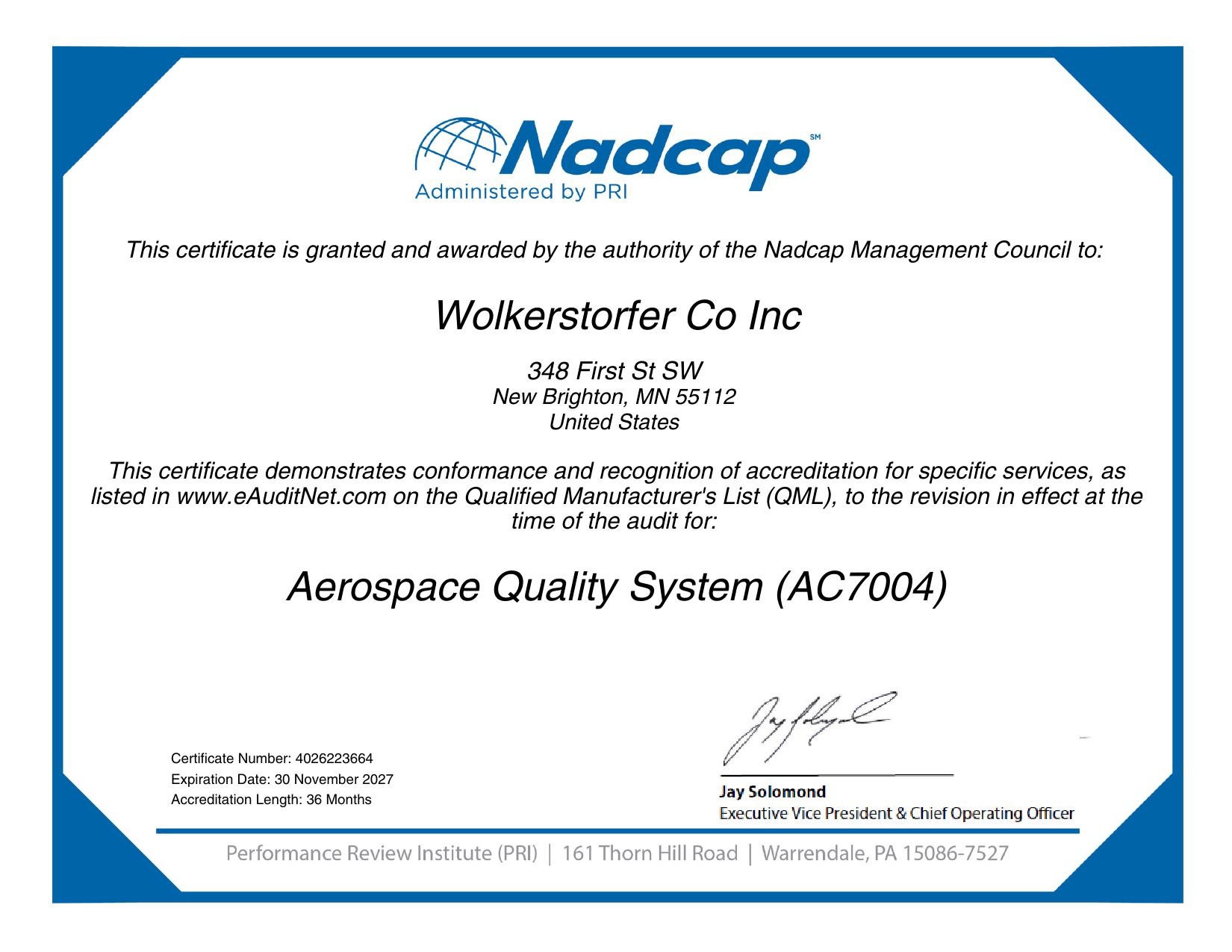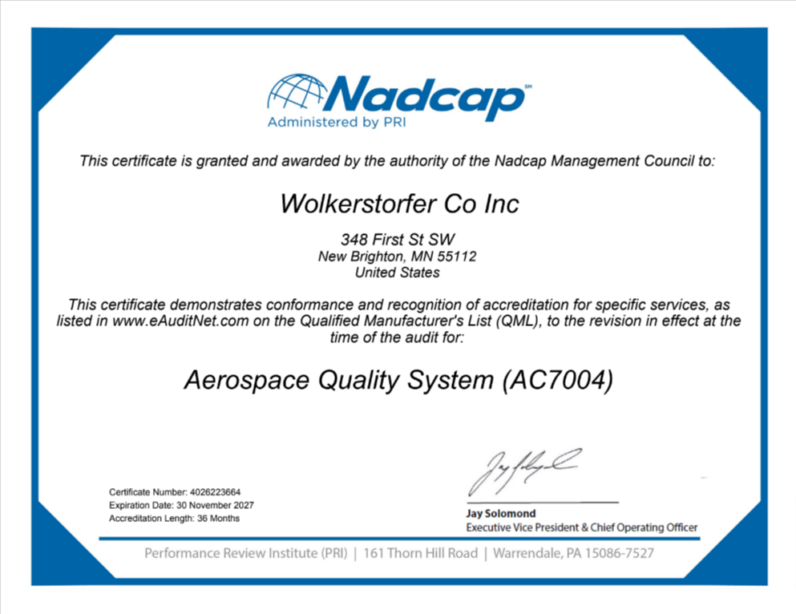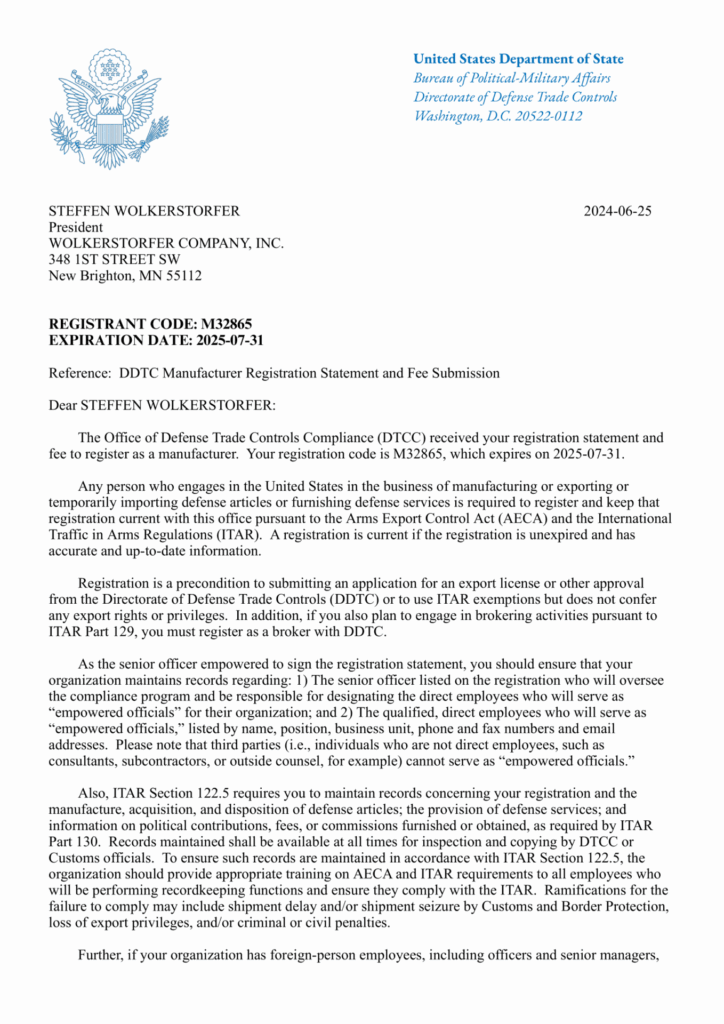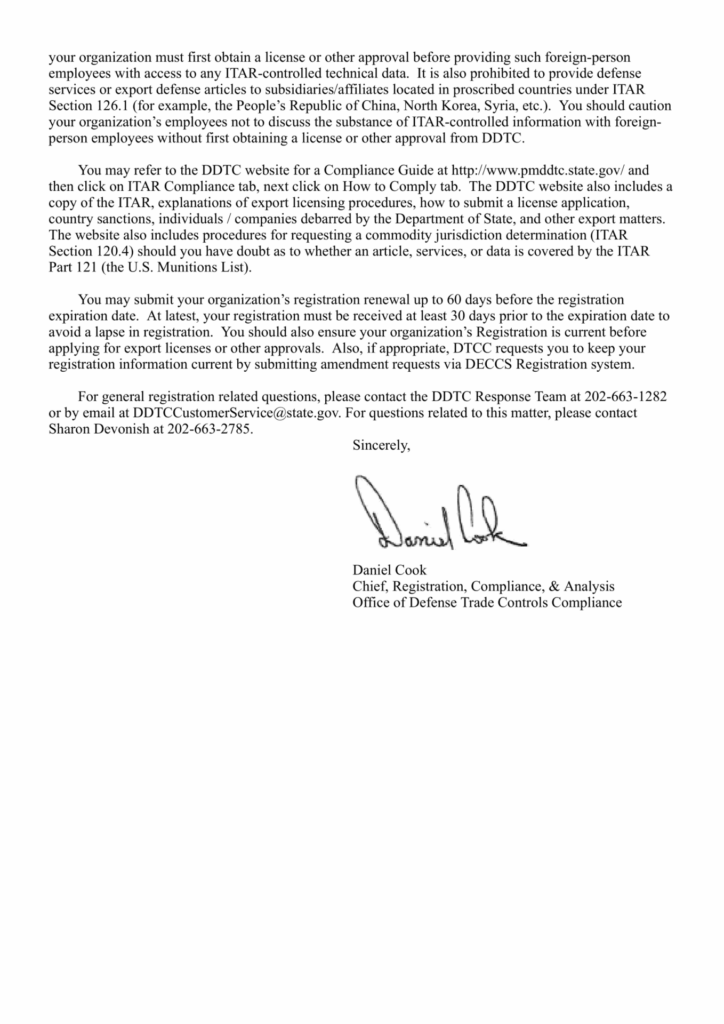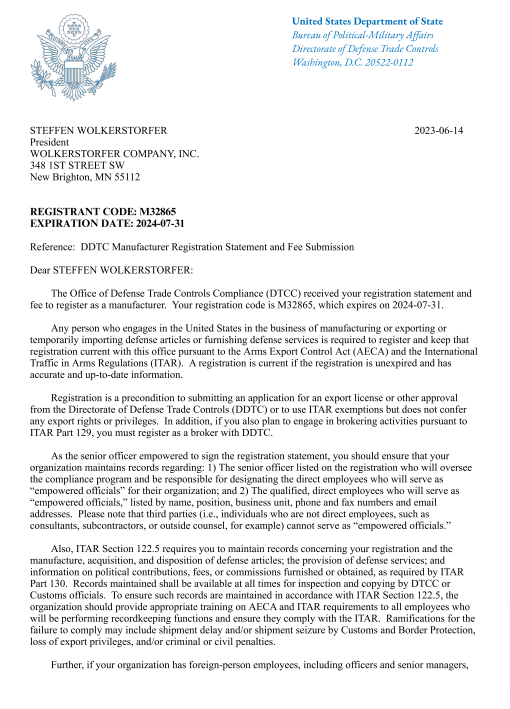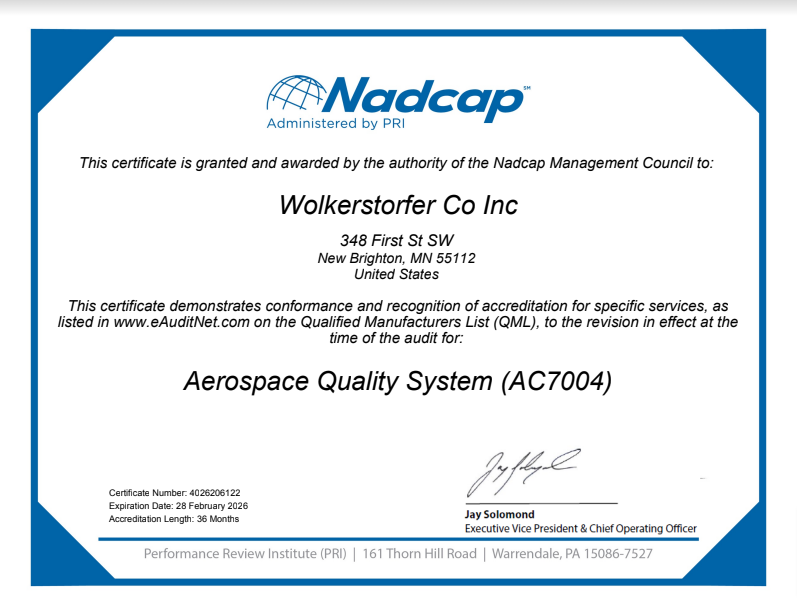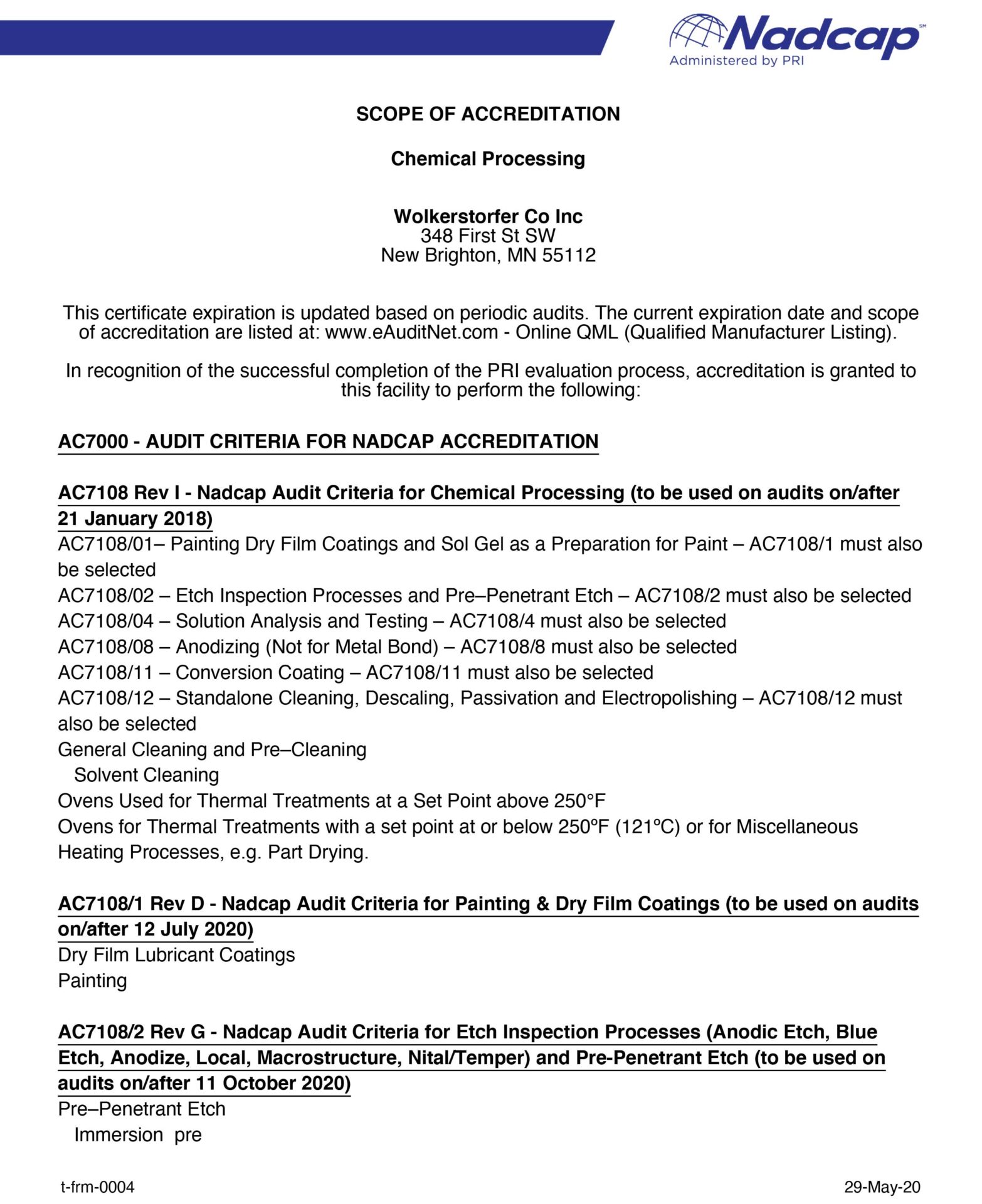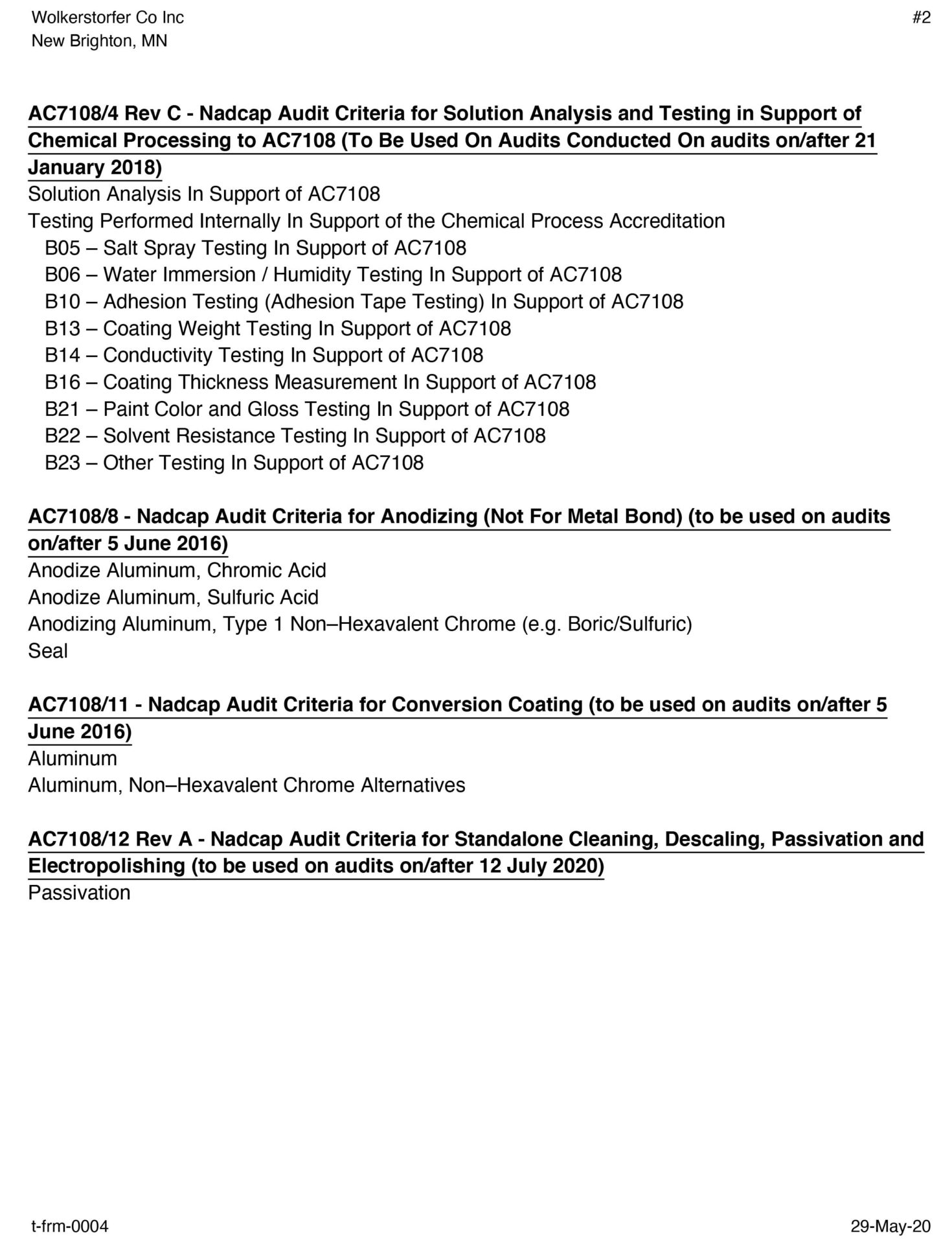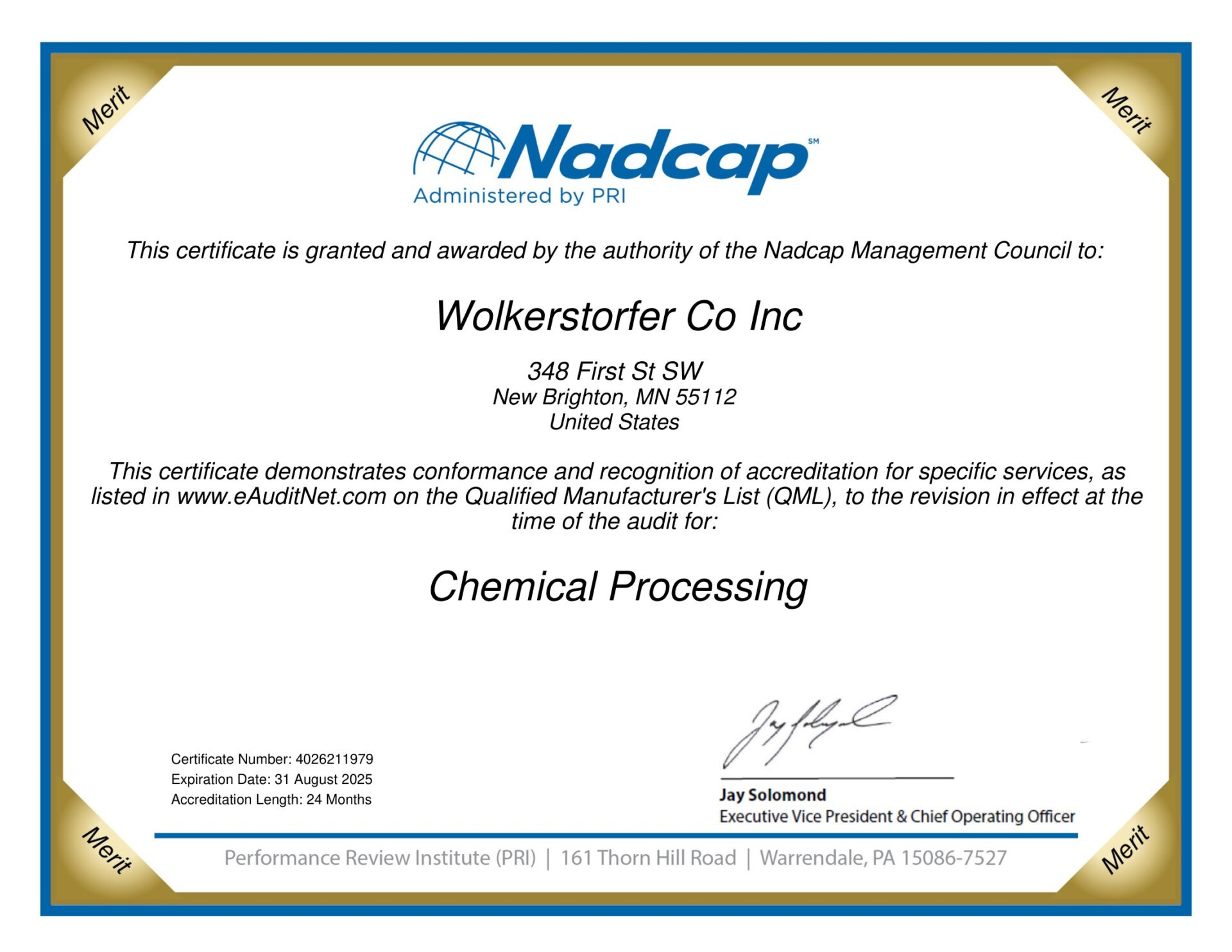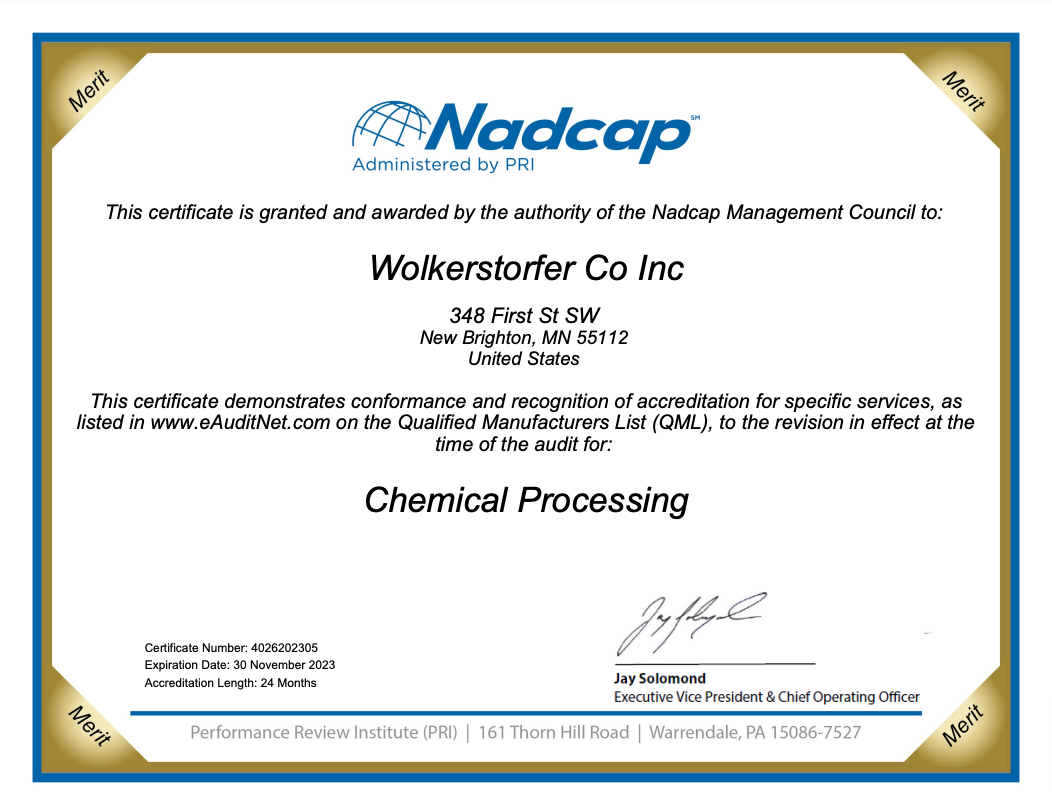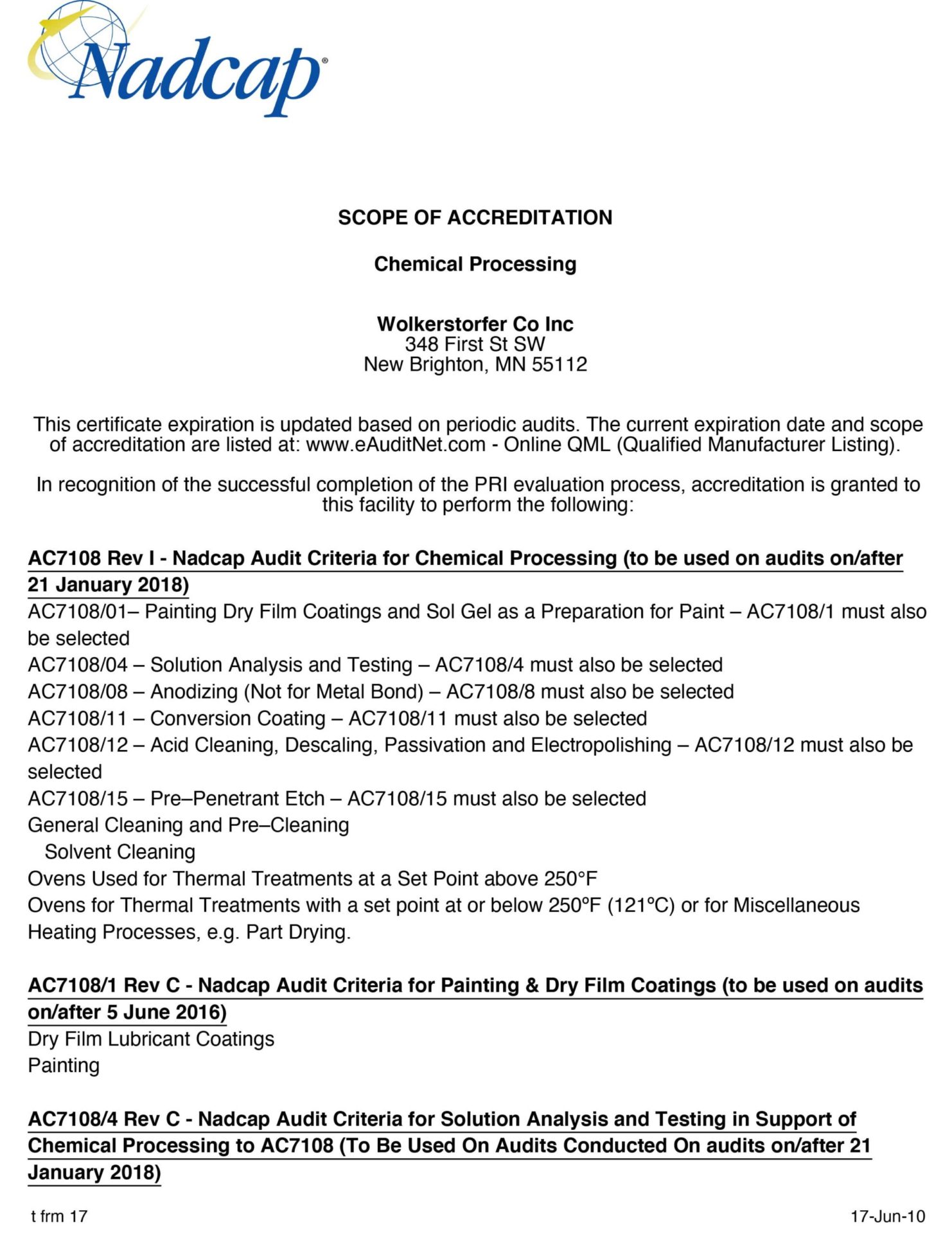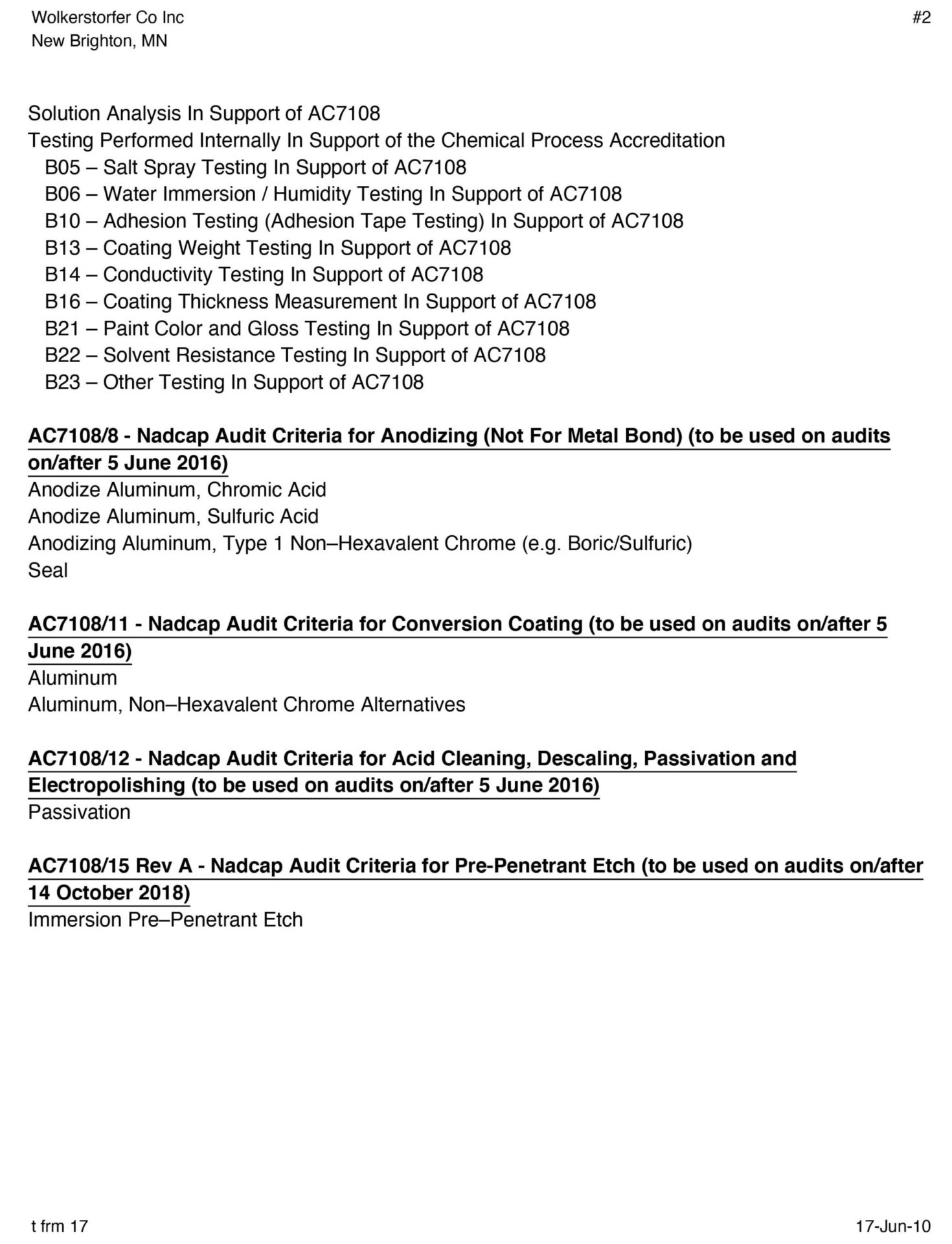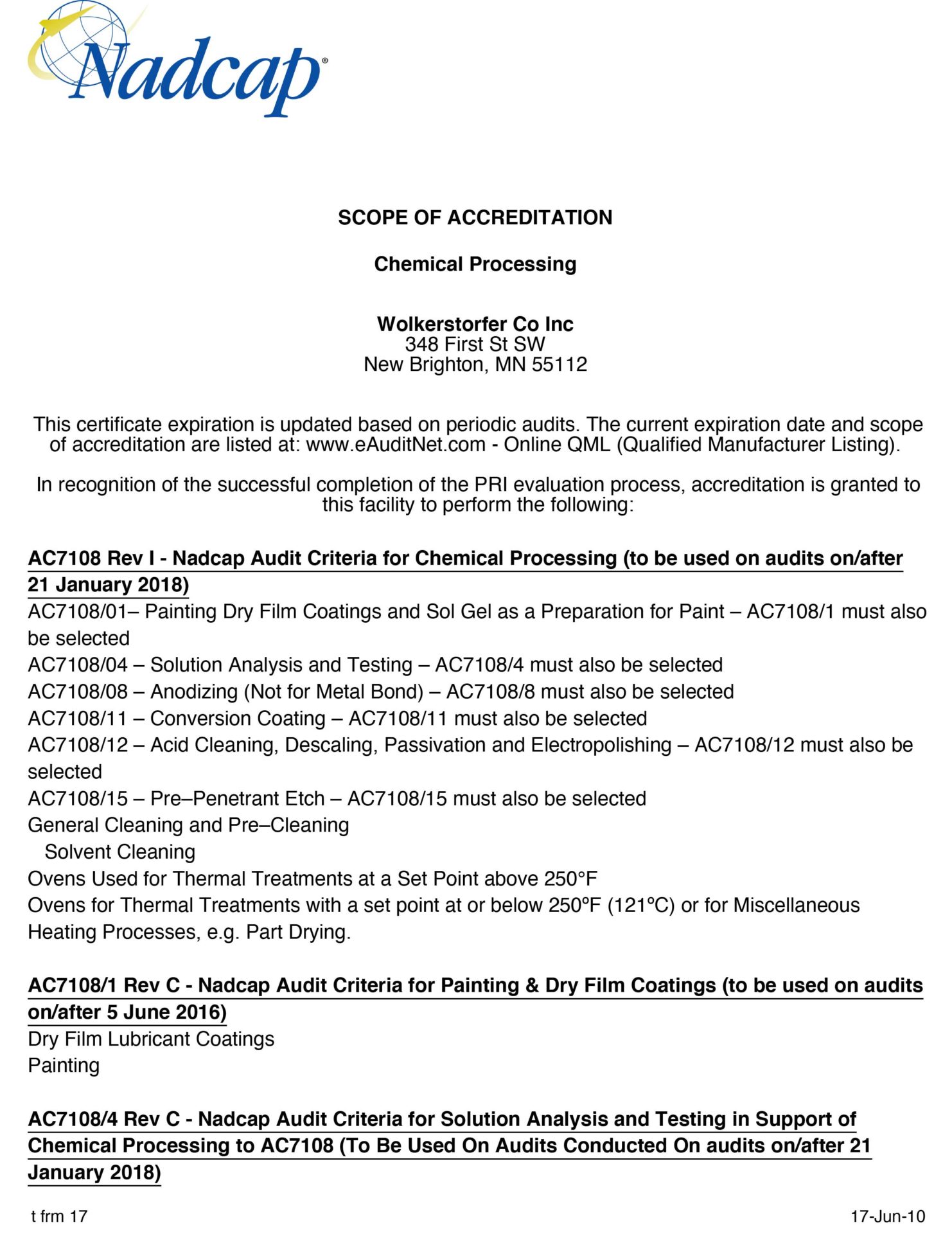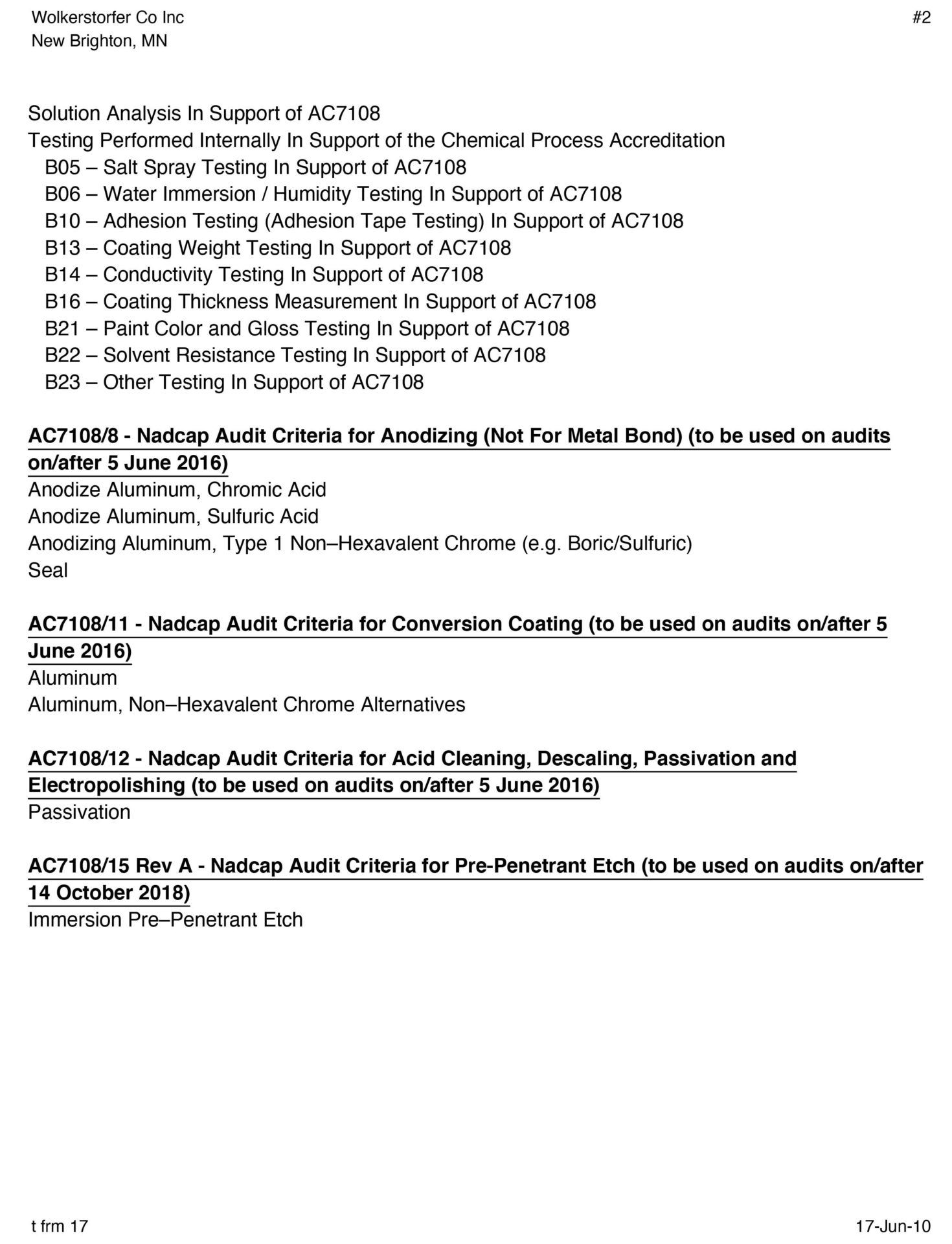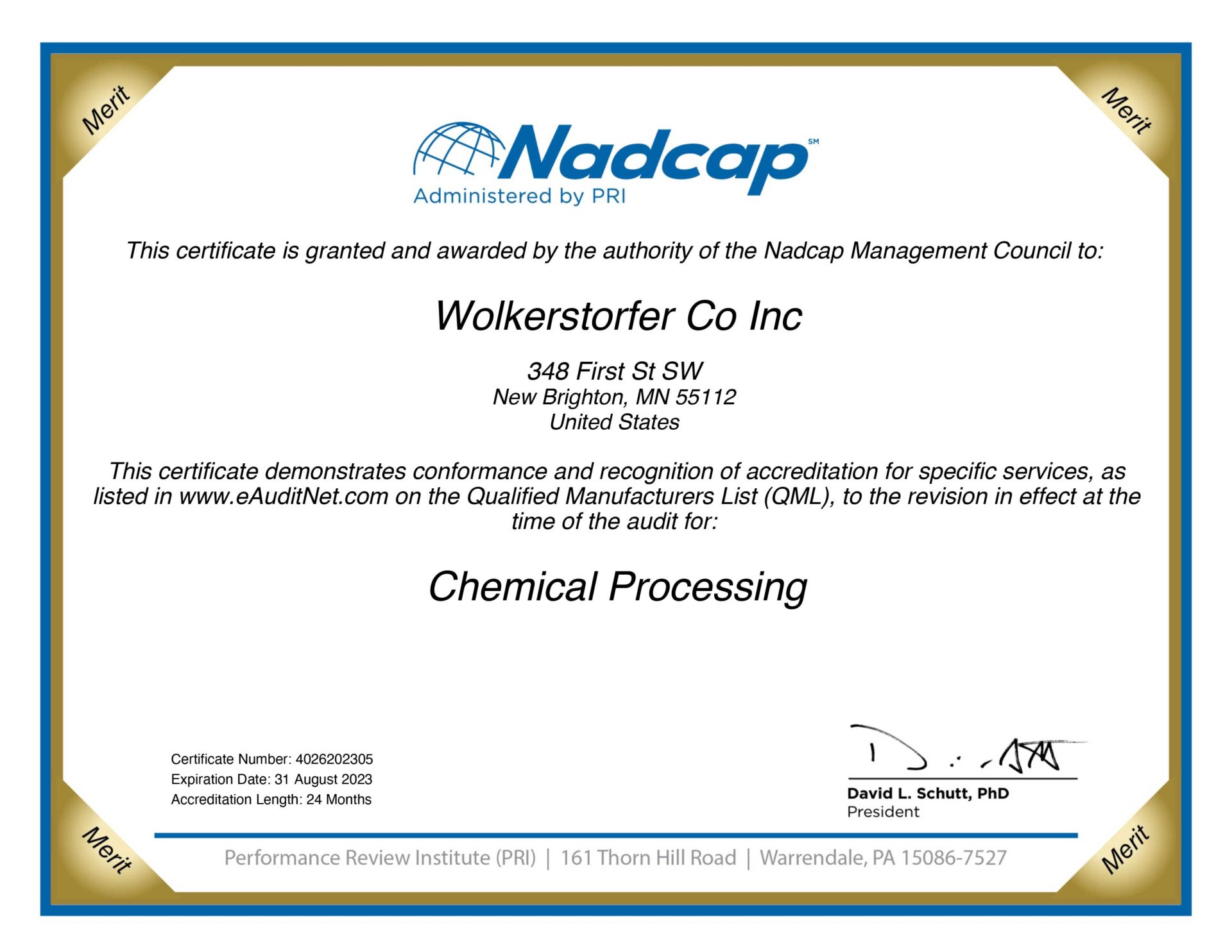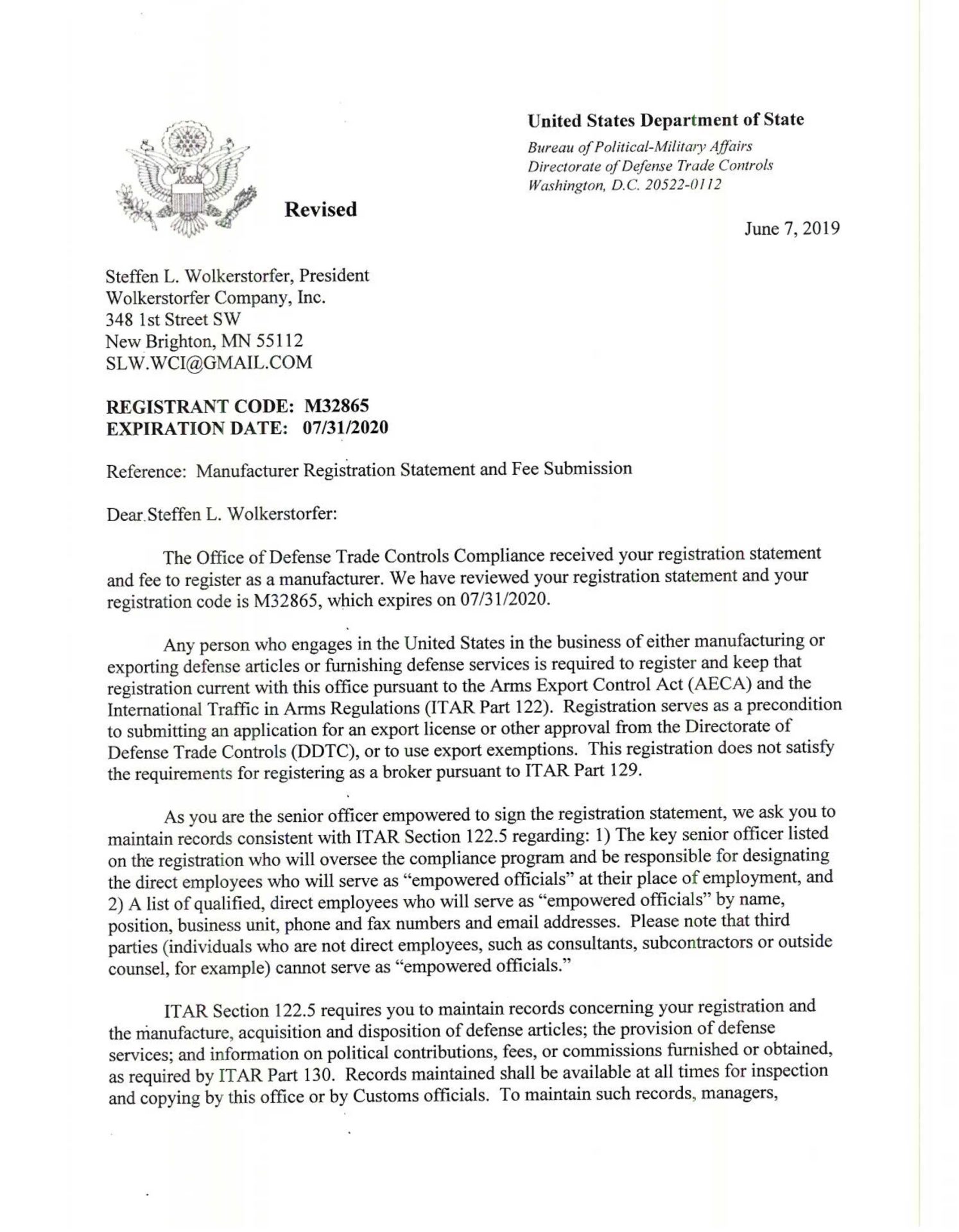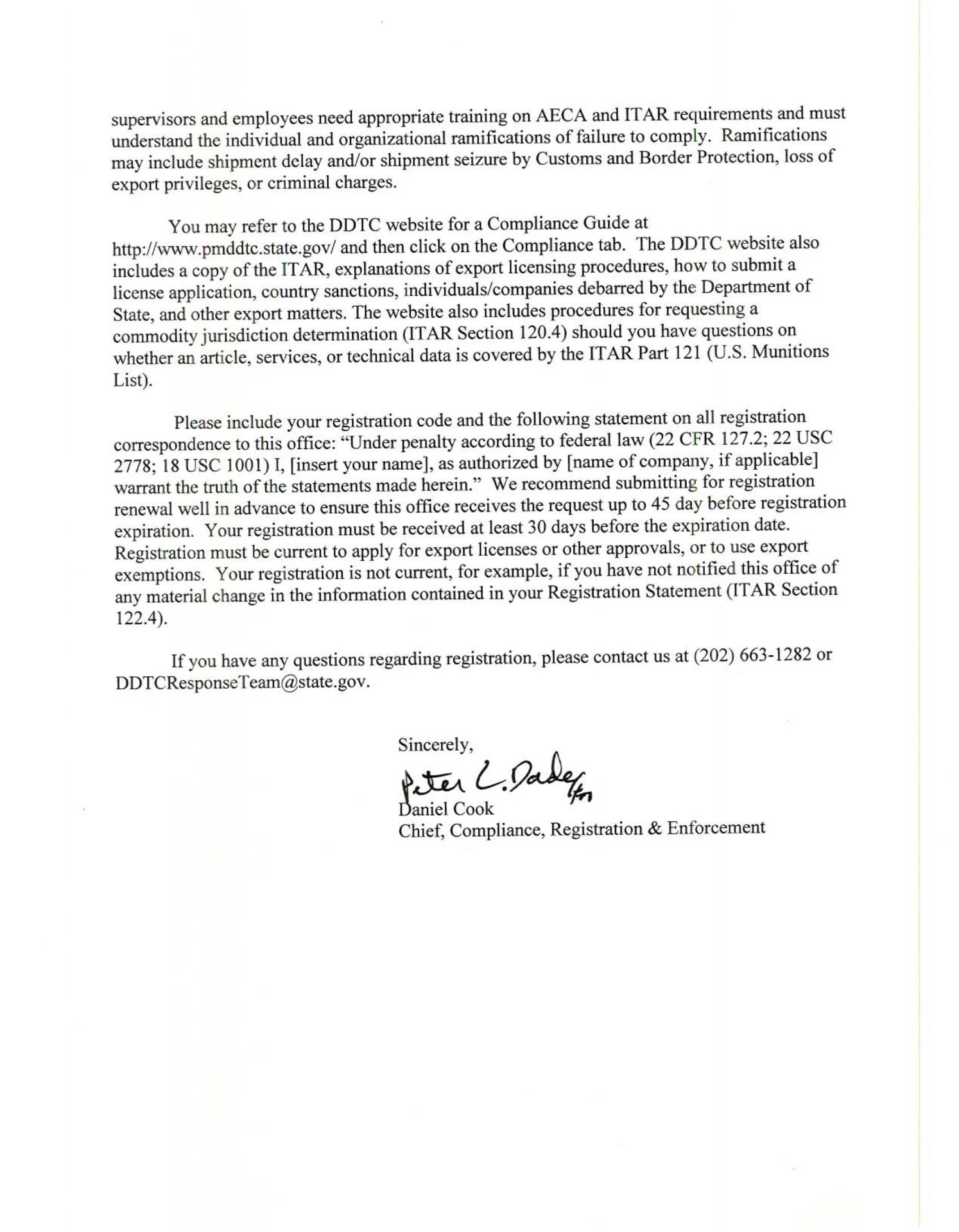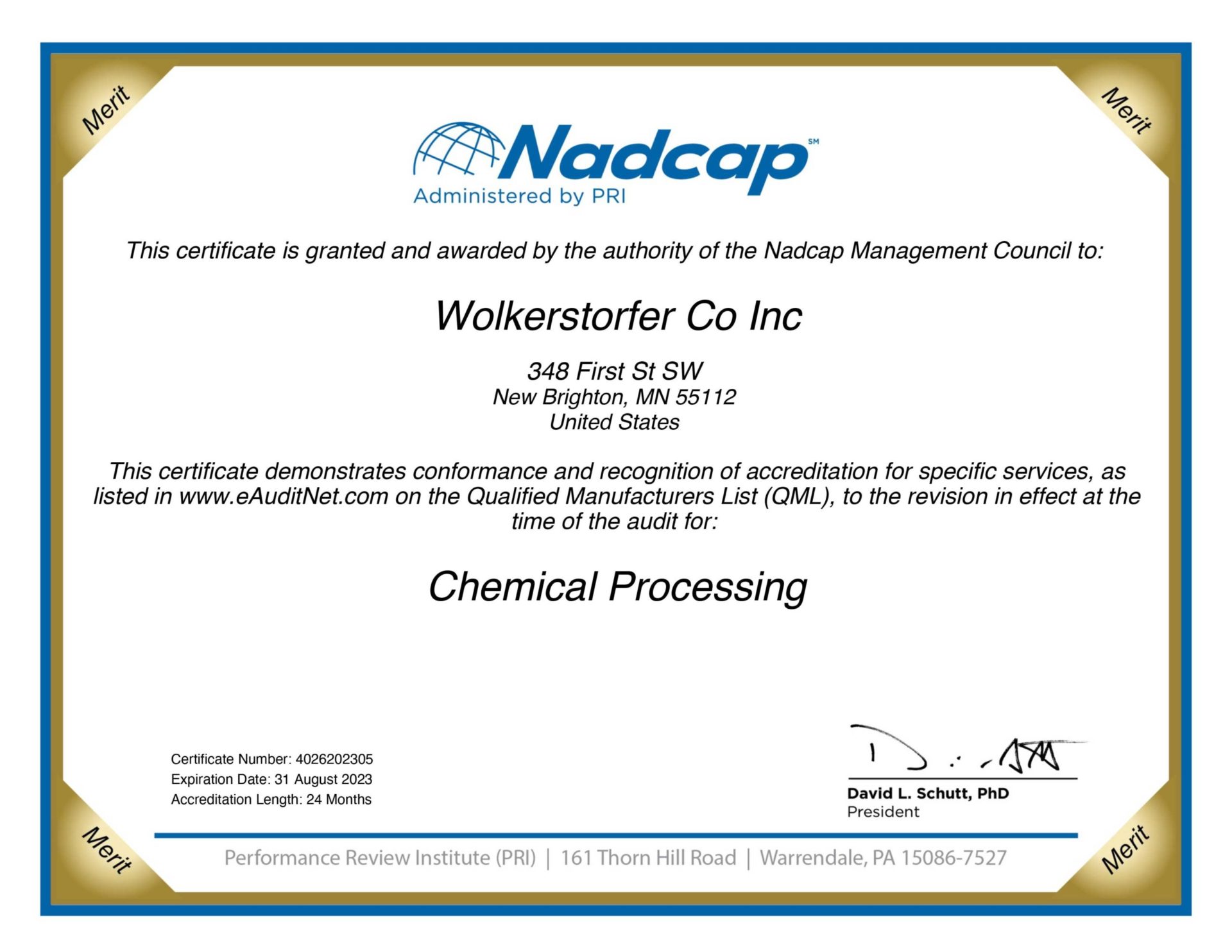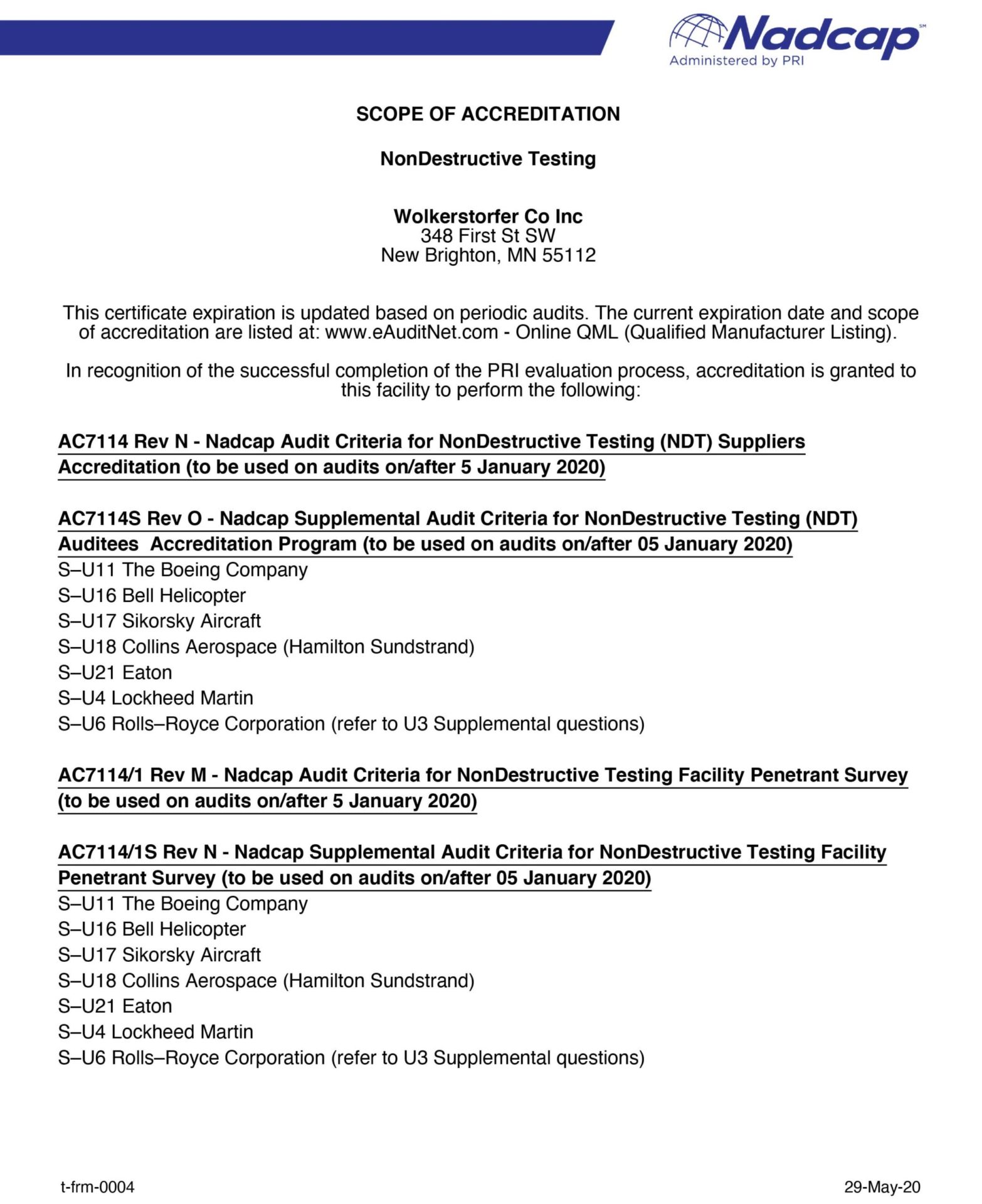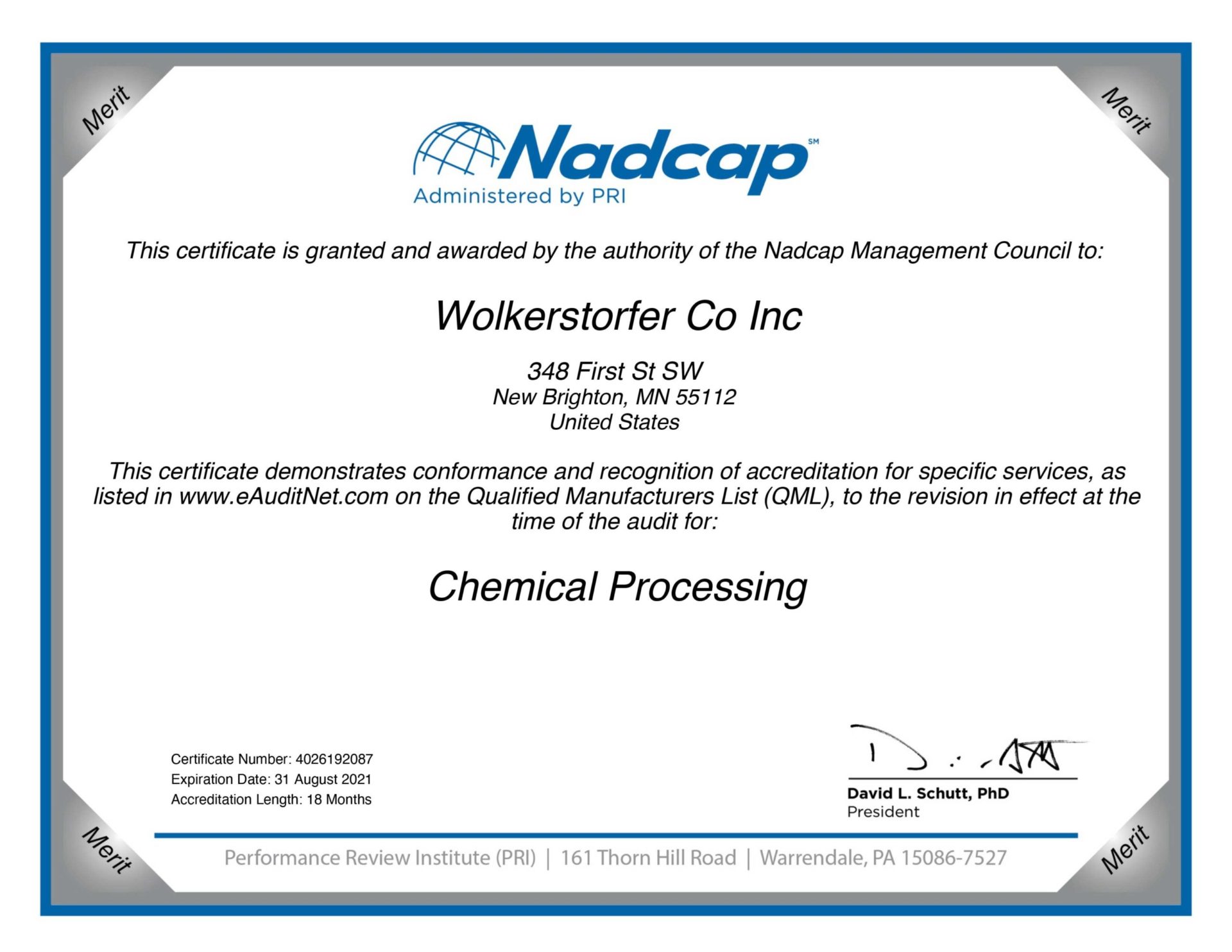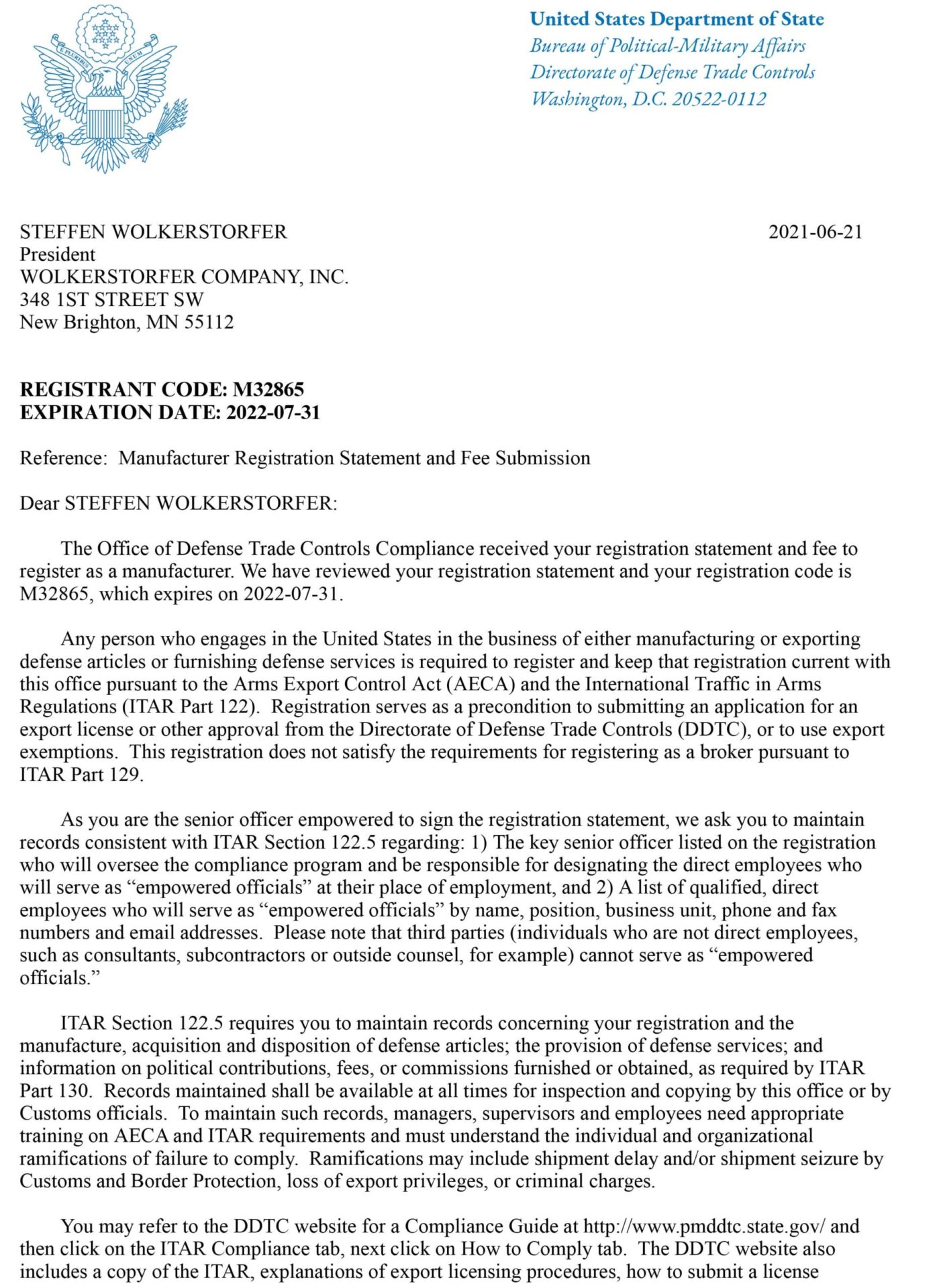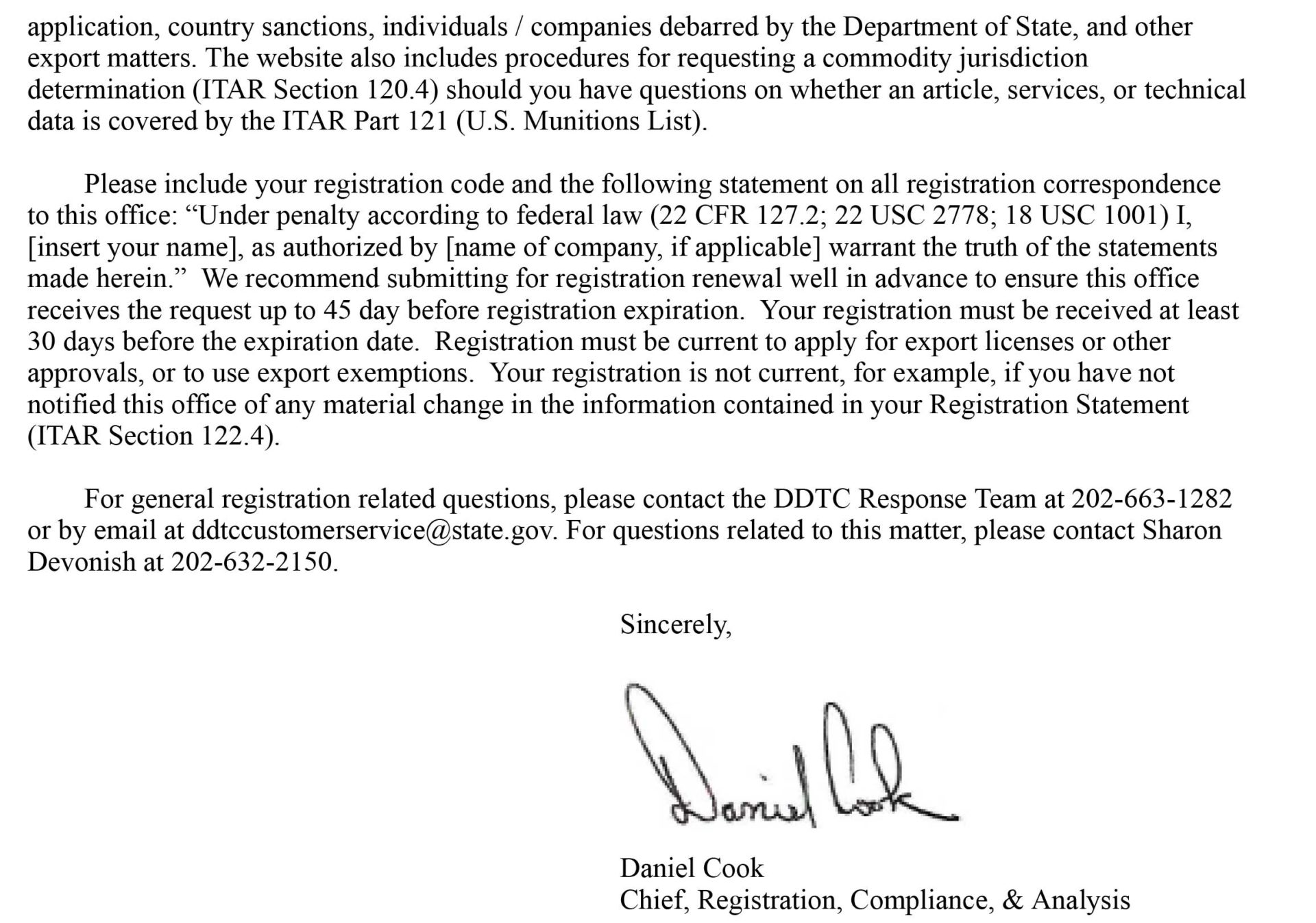Phosphate coatings consist of a crystalline conversion coating for steel substrates for break-in lubrication or as a pretreatment for other supplemental coatings, like paint, dry film lubricants, oils and waxes. Although it is a fairly simplistic process, there are some engineering points that should be addressed when working with the metal finisher. The key items to address are stress relieving, hydrogen embrittlement relief, pretreatment, and post-treatment. The main issue to address is what exactly do you want the phosphate to do. Once this is determined the proper option between zinc and manganese phosphate can be chosen.
Phosphates (General Information)
Generically, phosphates are described as a conversion coating, meaning the surface of the steel is converted from iron (Fe) to a metalized phosphate coating. Unlike traditional platings, phosphates are quantified by their coating weight versus the thickness of the deposit. Zinc phosphate meeting the TT-C-490 weighs 1.6 to 5.4 g/m2 (300 – 500 mg/ft2) whereas manganese phosphate needs to exceed 16g/m2. One of the main reasons for weighing the phosphate coating is that it is difficult to measure thickness because it is so delicate or in engineering terms friable. The coating is so soft that you can literally scratch it with your fingernail. The delicate nature of its crystalline structure makes it the perfect break-in coating or pretreatment for paint and oil. So how do you choose between zinc and manganese phosphate systems? Consider their respective strengths and applications.
Manganese Phosphate Coating
MIL-DTL-16232, Type M
Manganese phosphate is typically called out when the application requires break-in lubrication either as a stand-alone or with a dry film lubricant or oil. The smaller crystal and denser coating of manganese provides improved co-efficient of friction or µ. To ensure a denser coating a mechanical blast with aluminum oxide or glass bead will improve the profile and activity of the surface prior to phosphating. WCI can accommodate parts up to 7 feet in length and 2,000 pounds in weight.
Zinc Phosphate
TT-C-490, Type I
Zinc phosphate has modest corrosion protection as a stand-alone but is better suited when a paint or oil system is used. Phosphate systems are by nature hydroscopic, meaning they want to absorb and hold supplemental coatings. So as opposed to simply oiling a steel substrate for corrosion protection the zinc phosphate provides a mechanical “tooth” to keep the coating in place. Conventional cleaning before coating makes this a less expensive coating, versus the mechanical cleaning required for manganese. This coating has numerous applications in commercial and military markets. WCI can accommodate parts up to 14 feet in length and 2,000 pounds in weight.
Stress Relief
During the manufacturing process, the alloy is pushed and pulled in such a way that the part is “cold worked” or “work hardened”. The result is a part that has residual stress which needs to be relieved. A bake prior to the phosphate process will equalize it and possibly prevent a premature failure in the field. We offer stress relief baking as an option.
Pretreatment
A standard cycle for zinc phosphate may be nothing more than a standard alkaline clean and rinse. Depending on the specification additional steps may be added to enhance the specific type of crystal the end customer desires. Chemical “pickling or descaling” may be required to prepare a part that has excessive heat treat scale. Abrasive blasting may be desired, in lieu of pickling to minimize stock removal and to prevent the potential for hydrogen embrittlement. The important thing to note is that how you handle the part prior to metal finishing will affect the performance of the part, the coating and the price. The more steps that are required to prepare the part for finishing will ultimately affect the piece part price. Pre-planning is always recommended, which includes talking to your supplier.
Post Treatment
After the part is phosphated there are a number of different post treatments to consider. Typically, a dilute chromic acid seal is applied to enhance the corrosion protection. The parts could receive a non-chromated seal such as sodium stearate or an oil dip, either solvent based or water soluble. Ultimately, the best post treatment is determined by the parts function.
Hydrogen Embrittlement Relief
During the coating process hydrogen evolves in the bath and on the parts. If the part has a Rockwell hardness over 39 HRC, the alloy is prone to absorb this residual hydrogen promoting a stress riser. If this occurs the component could experience premature failure when it is in service. To relief this additional stress, a post bake is recommended, which is another service we offer.






